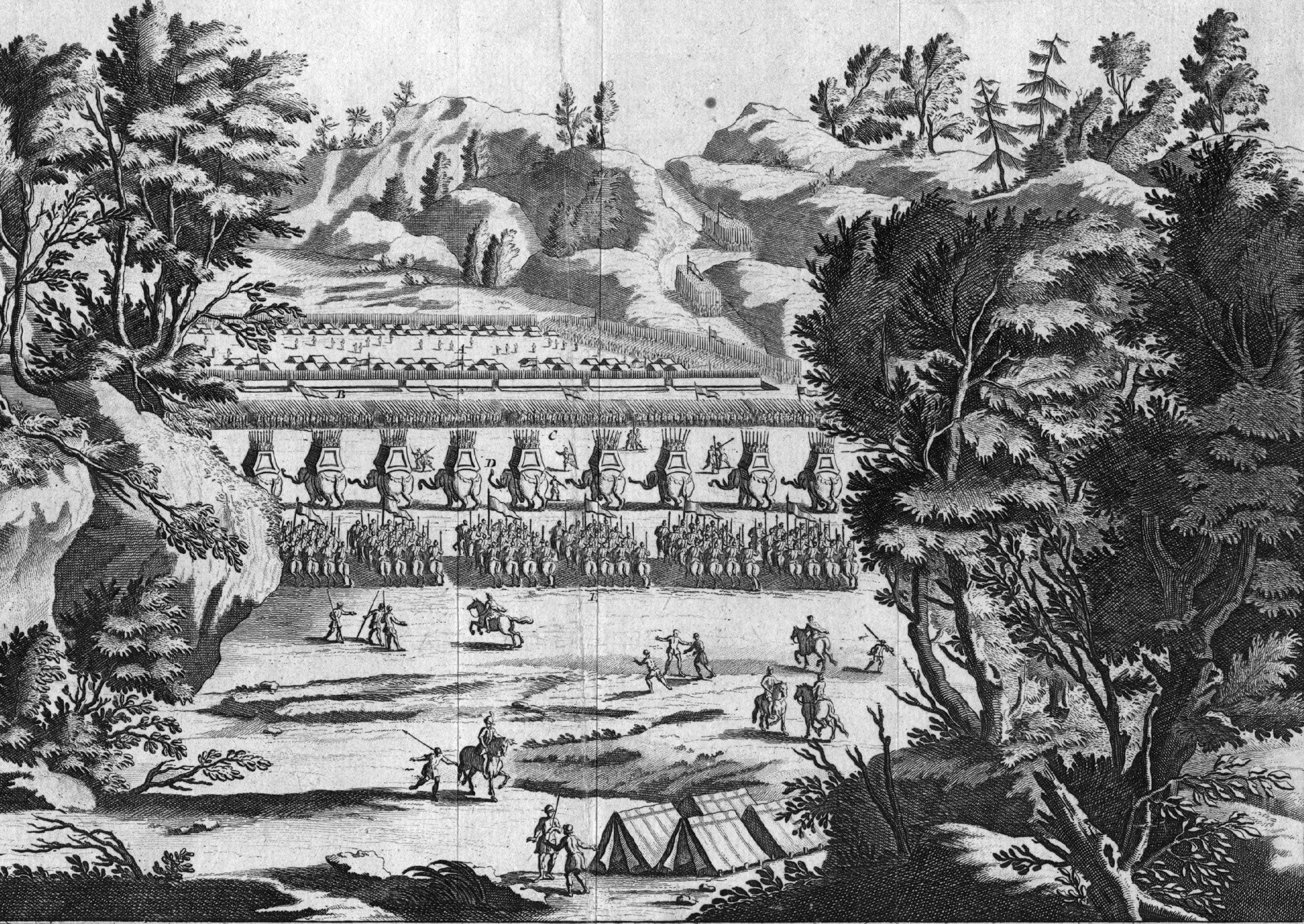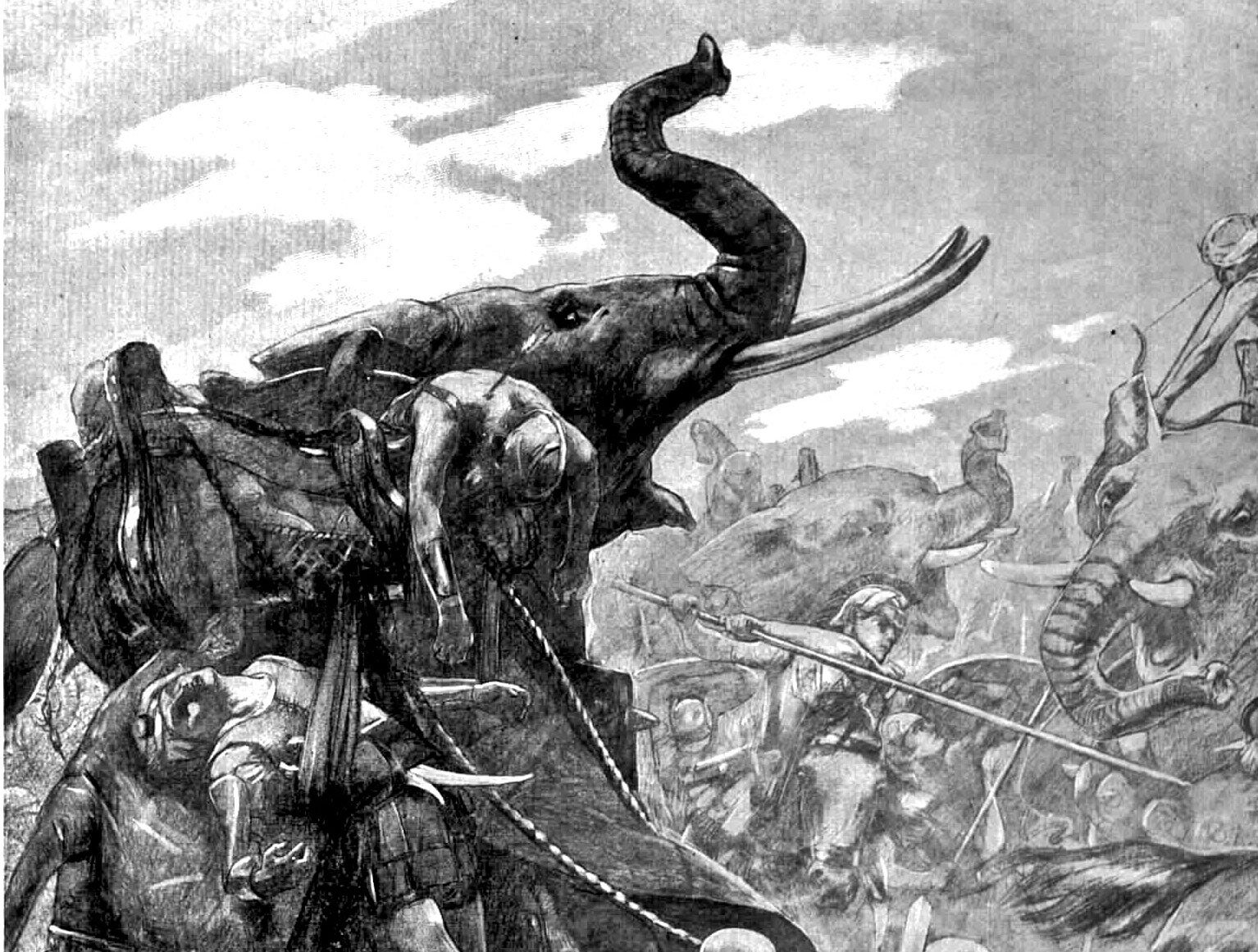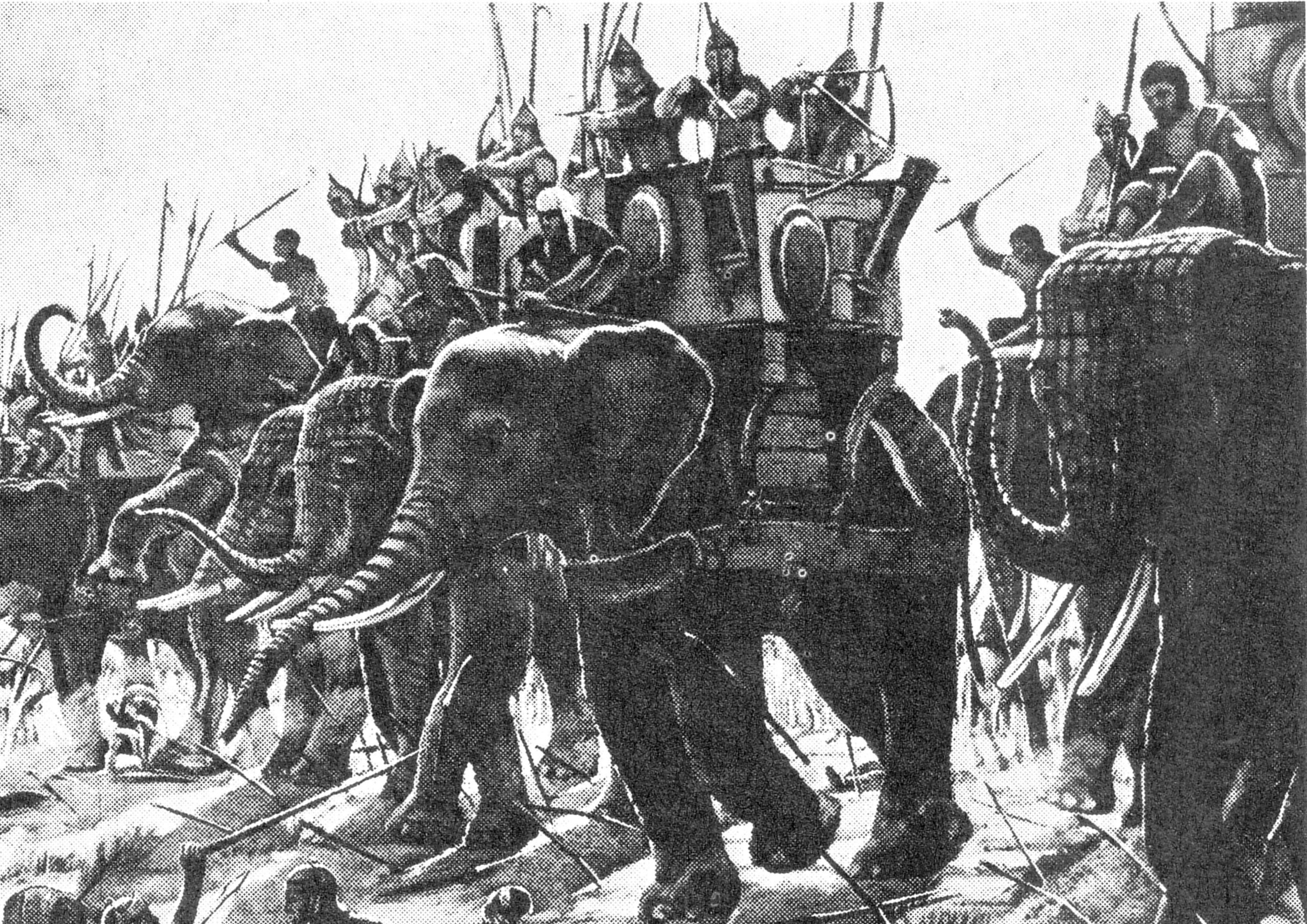5 ways elephants changed history: A brief history of stomping victories and disastrous reversals

Your support helps us to tell the story
From reproductive rights to climate change to Big Tech, The Independent is on the ground when the story is developing. Whether it's investigating the financials of Elon Musk's pro-Trump PAC or producing our latest documentary, 'The A Word', which shines a light on the American women fighting for reproductive rights, we know how important it is to parse out the facts from the messaging.
At such a critical moment in US history, we need reporters on the ground. Your donation allows us to keep sending journalists to speak to both sides of the story.
The Independent is trusted by Americans across the entire political spectrum. And unlike many other quality news outlets, we choose not to lock Americans out of our reporting and analysis with paywalls. We believe quality journalism should be available to everyone, paid for by those who can afford it.
Your support makes all the difference.It was the arrival of the cannon in the 19th century that finally heralded the end of elephants being used as an instrument of war. Until that time, from as early as 1000BC, they trampled across battlefields around the globe, through wars in places as far flung as Yemen and Sri Lanka.
Battle of Guagamela, 331 BC
The use of elephants in battle spread from India to Persia, and the first encounter between European forces and pachyderms took place in what is now Northern Iraq, with Alexander the Great winning a decisive victory against Darius III of Persia.
Evidently, the fifteen elephants deployed by the Persian forces were not enough to secure victory – Alexander left the battlefield having conquered Babylon and most of Persia.
The impact of the giant beasts of war did not go unnoticed by the legendary Macedonian king, who took them into his own army. The terror that the unfamiliar smell and sight of the elephants had on the cavalry proved to be a useful tool for Alexander in further battles, and he went on to control as many as 100 war elephants.

Battle of Asculum, 289 BC
War elephants were introduced to the Mediterranean by King Pyrrhus of Epirus. He brought twenty to attack the Romans at the battle of Heraclea in 280BC and won decisively because the Roman’s were unprepared for the war elephants.
However, in the Battle of Asculum, the Epirots attempted the same tactic again. This time, the Romans were prepared with flammable weapons and other devices to terrify the elephants. These included ox-drawn wagons equipped with long spikes, pots of fire, and troops who would throw javelins at the elephants to drive them away.
Ultimately, however, it was the elephants that saved the day. A final charge by the Epirot animals meant that King Pyrrhus won the battle – but he had incurred heavy casualties, it was a Pyrrhic victory.
Hannibal's defeat, 202 BC
No history of elephants in battle would be complete without the tale of Hannibal, famed for travelling across the Alps with his arms – and a pack of elephants – in tow, just before the second Punic war.
Sadly, most of Hannibal’s elephants died in the harsh conditions of the freezing mountains, and only a few elephants survived to take part in the battles that would follow.
History has proven that the Romans grew wise to Hannibal’s elephant tactics, however. In the final battle of the Second Punic War they brought trumpets to terrify the elephants into trampling back into the Carthage lines, ultimately bringing about Hannibal’s defeat in the Battle of Zama in 202BC.

The Sui Dynasty, 602 AD
In the China, during the Sui dynasty, Emperor Yang sought to expand his empire by pushing south into the Hanoi area in Vietnam in 602AD.
Several years later, the Sui army tried to push even further south, but they were attacked by troops on war elephants from Champa in southern Vietnam.
The Sui army feigned retreat, and dug pits designed to trap the elephants. They lured the Champan troops into battle and then, using crossbows, fired on the elephants which caused them to turn around and trample their own soldiers.
Capture of Delhi, 1398 AD
So far, it seems as though the elephants’ easily panicked nature meant that they weren’t useful companions for battle. Certainly, the Turko-Mongol ruler Timur found a way to use that to his advantage when he was confronted by the war beasts.
With his men bitterly afraid of the creatures, Timur devised a plan to make the most of their flighty nature. He loaded his camels with as much wood and hay as they could possibly carry, and when the war elephants charged, he set the hay on fire and prodded them with iron sticks, causing them to run at the elephants, howling in pain.
Confronted with the bizarre spectacle of flaming camels, the elephants panicked and stampeded back towards their own lines. Timur used the chaos and disruption in his enemies’ forces to secure an easy victory, and sacked Delhi, leaving it in ruins.
Join our commenting forum
Join thought-provoking conversations, follow other Independent readers and see their replies
Comments